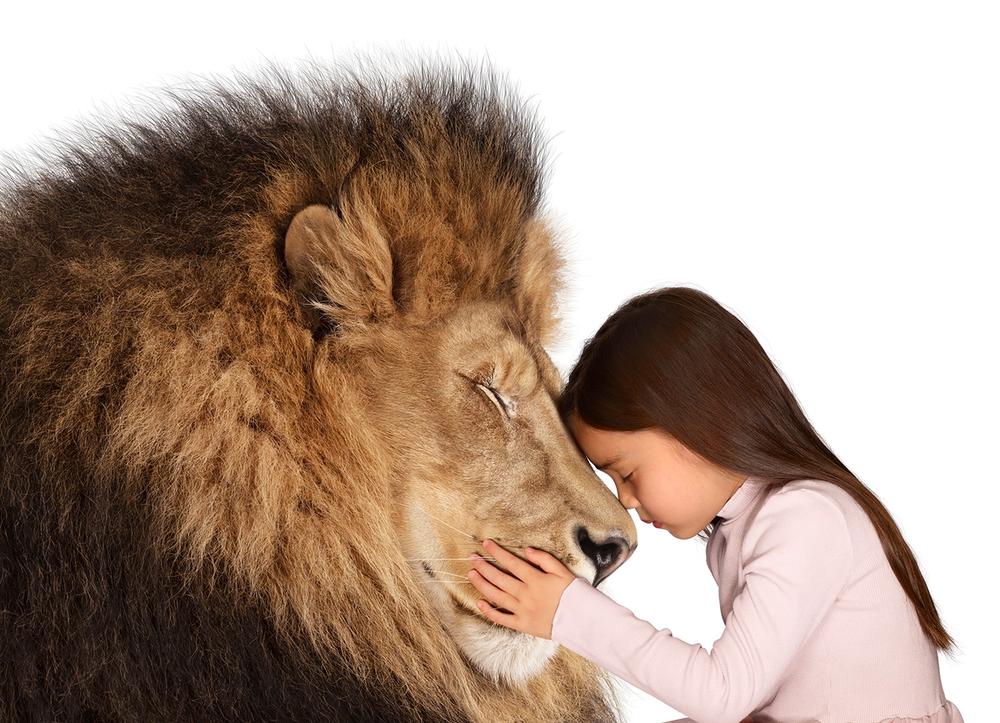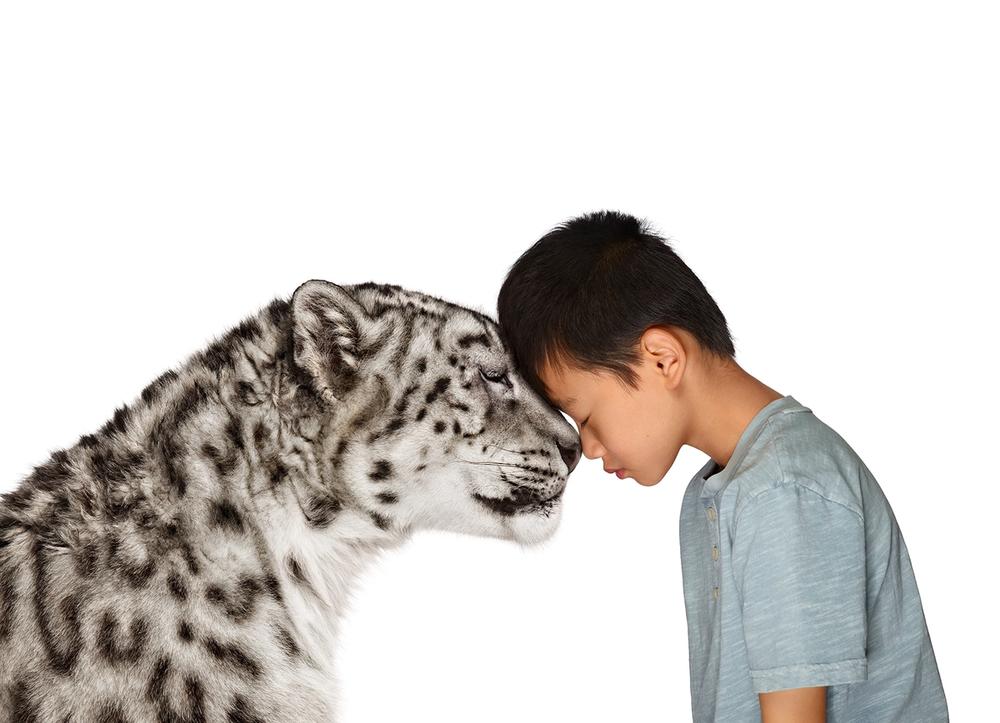How Brands That Use Images of Animals in Their Ads Can Help Preserve Biodiversity
In branding and marketing, animal imagery abounds: Lacoste’s crocodile, Bacardi’s bat, Geico’s gecko, Swarovski’s swan, Hermès’s horse, Cartier’s panther. In fact, according to the United Nations Development Programme (UNDP), animals appear in approximately 20 percent of all advertisements. These creatures, however, receive little to no support or compensation from those who profit from them in this way. Quite to the contrary, humans’ unrestricted exploitation of wildlife has created—in tandem with the climate crisis—a mounting biodiversity crisis, with 1 million animal and plant species at the precipice of extinction, and more than 700,000 square miles of natural habitat destroyed in just the past two decades. The increasing rate of extinction is extremely alarming: At stake are earth’s biological diversity and ecological balance.
In 2018, an initiative called The Lion’s Share was launched to give brands the opportunity to help remedy the situation. Founded by film director Christopher Nelius, film producer and director Rob Galluzzo, the UNDP, and food manufacturer Mars Inc., The Lion’s Share encourages companies and organizations that use images of animals—real, cartoon, computer-generated, or otherwise—in their marketing campaigns to donate .5 percent of their media spending to a fund. Together with the UNDP, The Lion’s Share then disburses the money across the world to support conservation efforts aimed at saving species from extinction, preserving wildlife habitats, and sustaining animal welfare. Some of the organization’s efforts to date include upgrading ranger communication in Mozambique’s Niassa National Reserve to prevent elephant poaching; restoring the last remaining rainforest where tigers, elephants, rhinos, and orangutans coexist on the Indonesian island of Sumatra; co-financing the construction of Australia’s largest mobile wildlife hospital in response to the country’s devastating bushfires; and supporting nest protectors in Sri Lanka, where five out of seven turtle species come ashore to lay their eggs.
For its latest campaign, to launch this fall, The Lion’s Share created a photo-based project in collaboration with The Slowdown co-founder Andrew Zuckerman. Using pictures depicting children face to face with animals, Zuckerman made photographs for the project that eliminate the distance between humans and wildlife while bringing the next generation—who will be deprived of rich biodiversity unless urgent action is taken—to the fore. “When you stop looking at nature as ‘the other’ and start to consider it as a part of you, we can create an eye-to-eye relationship,” Zuckerman said on a panel at the IUCN World Conservation Congress earlier this month, which included members of both the UNDP and The Lion’s Share. “We need to create opportunities for companies and businesses and organizations to take action, and The Lion’s Share is an incredibly pragmatic way to do that.”
So far, The Lion’s Share has signed on about 20 major organizations—comprising more than 50 brands—including Cartier, Gucci, Madewell, The Economist, Dove, and Pedigree. Such enthusiasm reflects the reality that there is no excuse—and no time—for complacency, and that brands must take meaningful action. “We will be judged retroactively in the future: What have you done when you could have done something?” said Cartier’s president and CEO, Cyrille Vigneron, who also participated on the panel. “If not us, [then] who will do it? The call for action is clear.”



